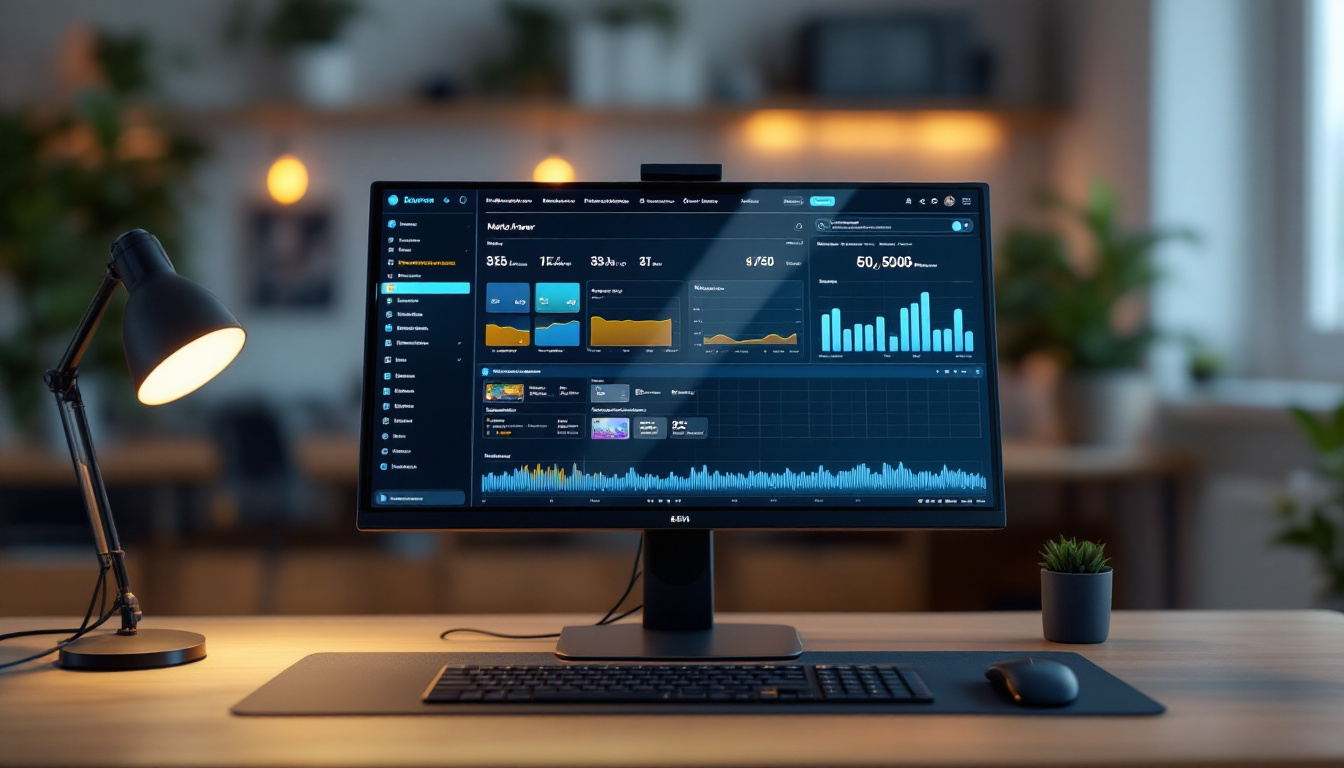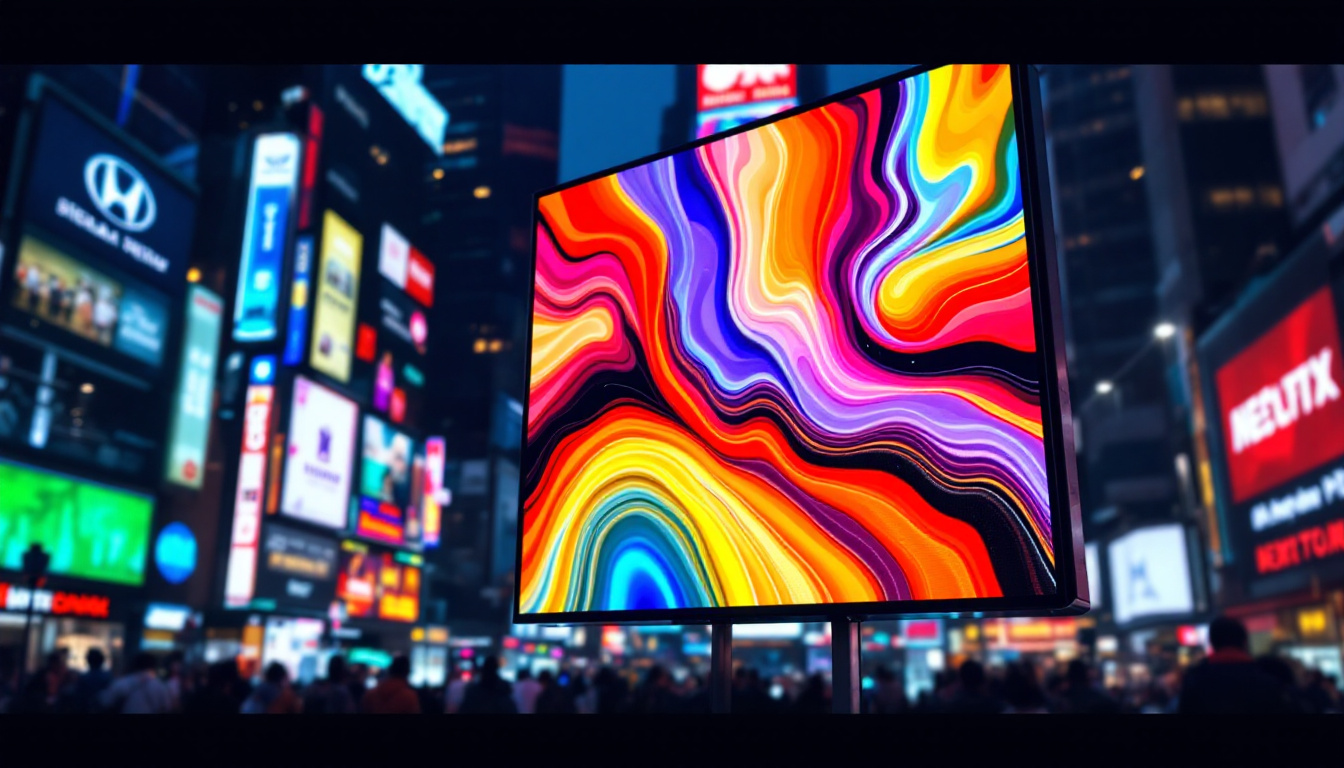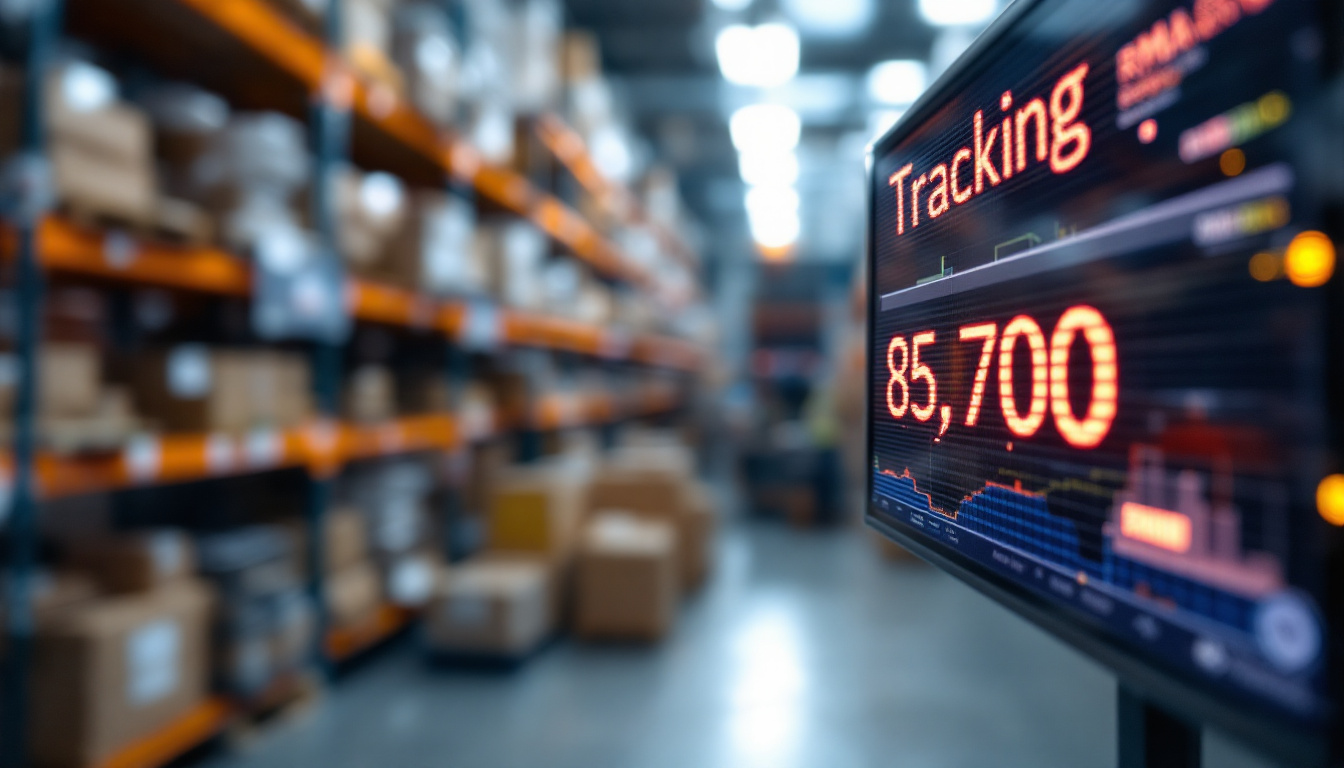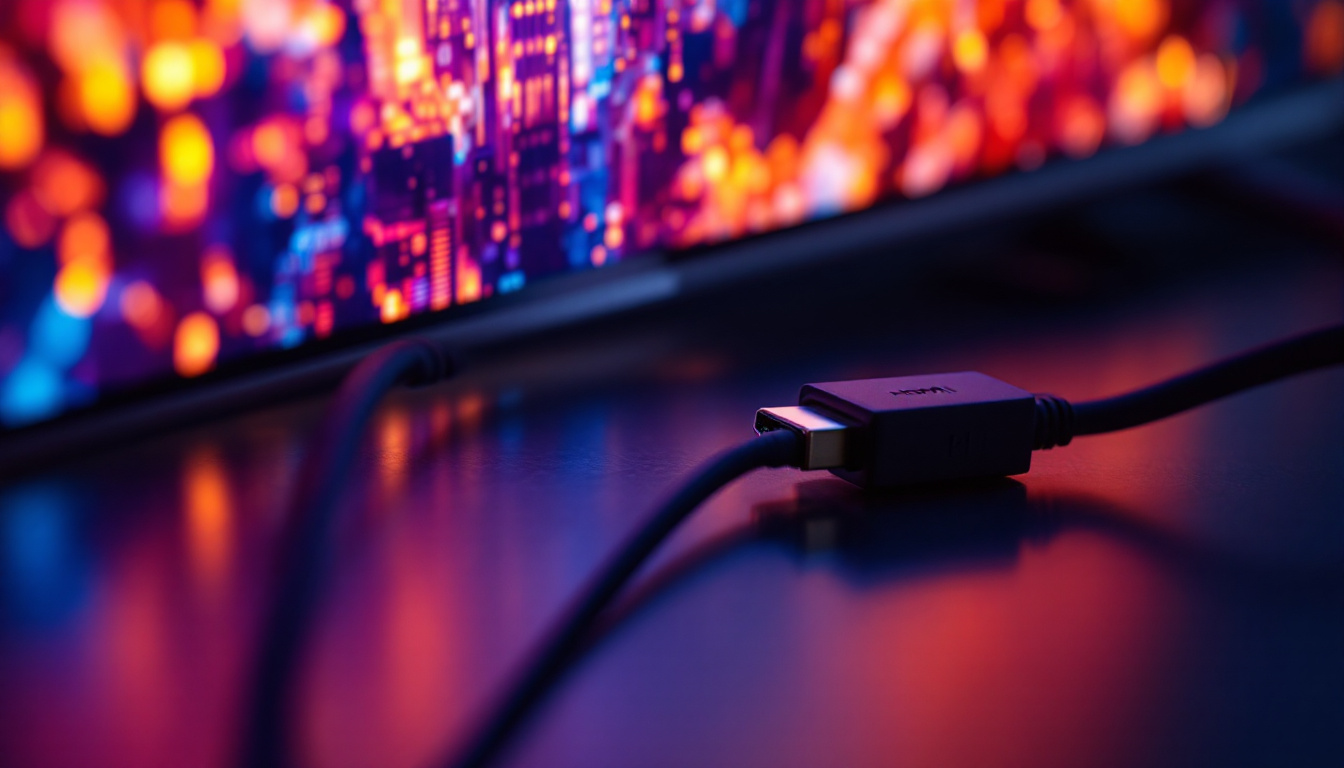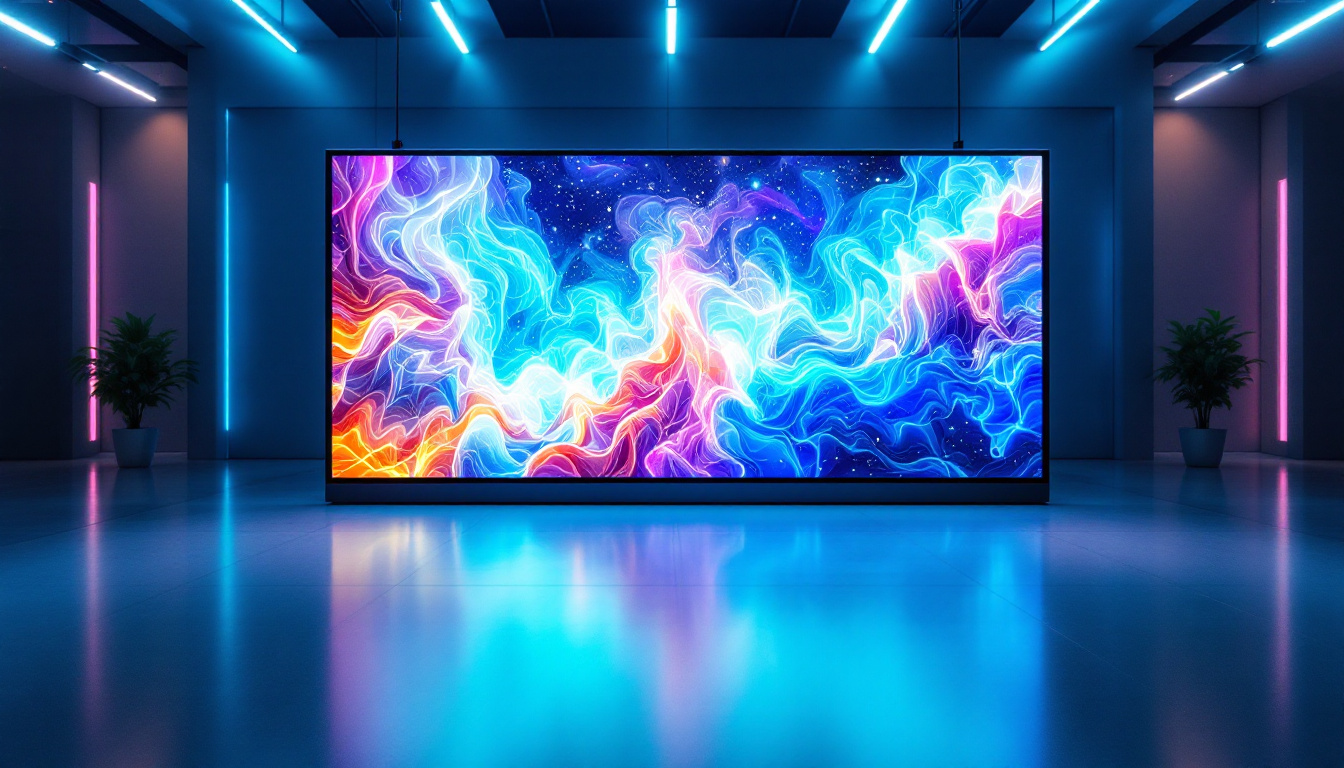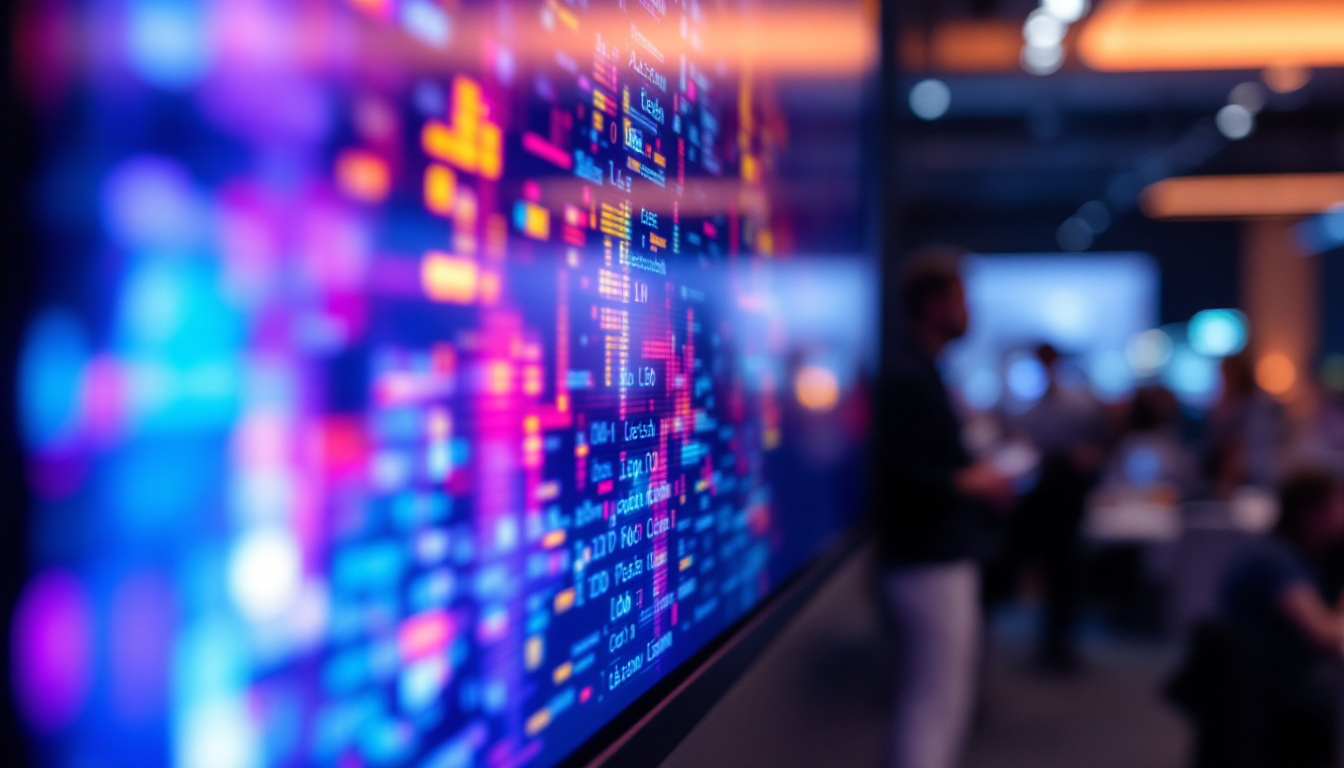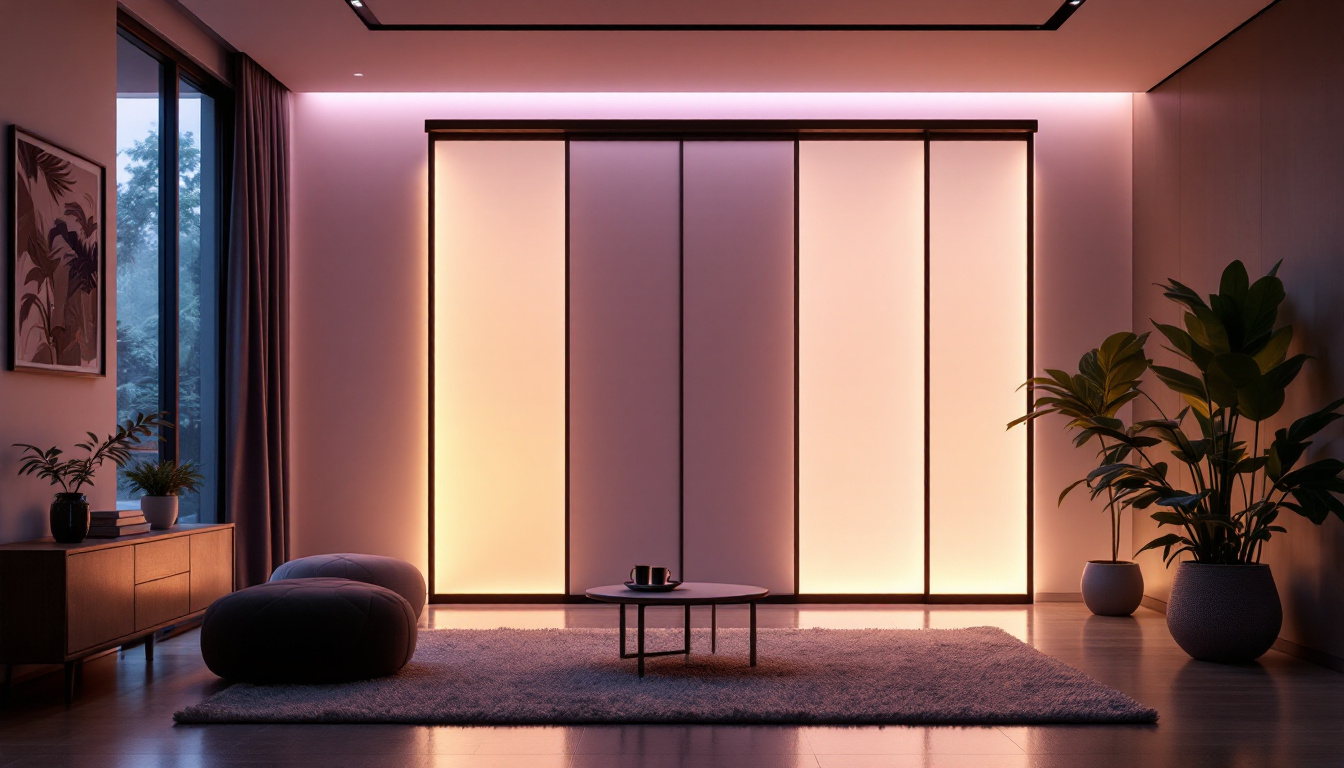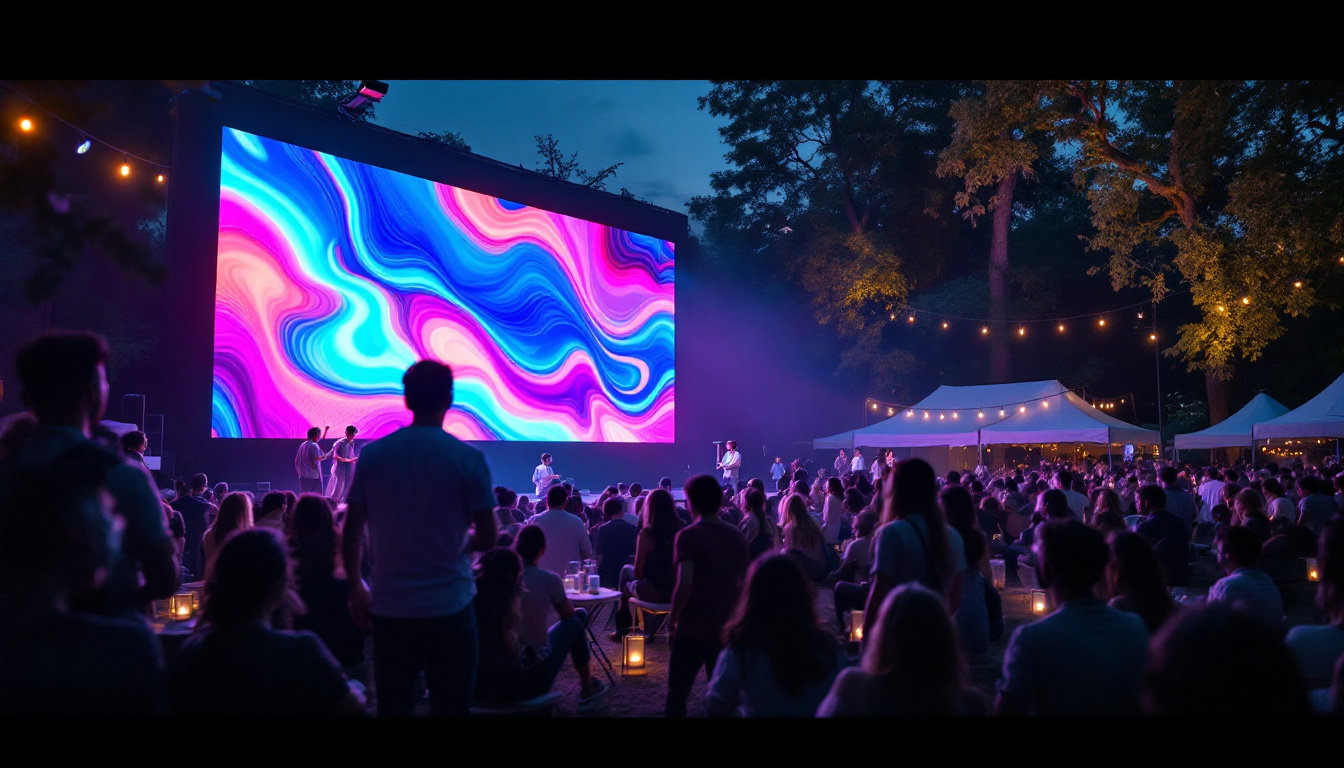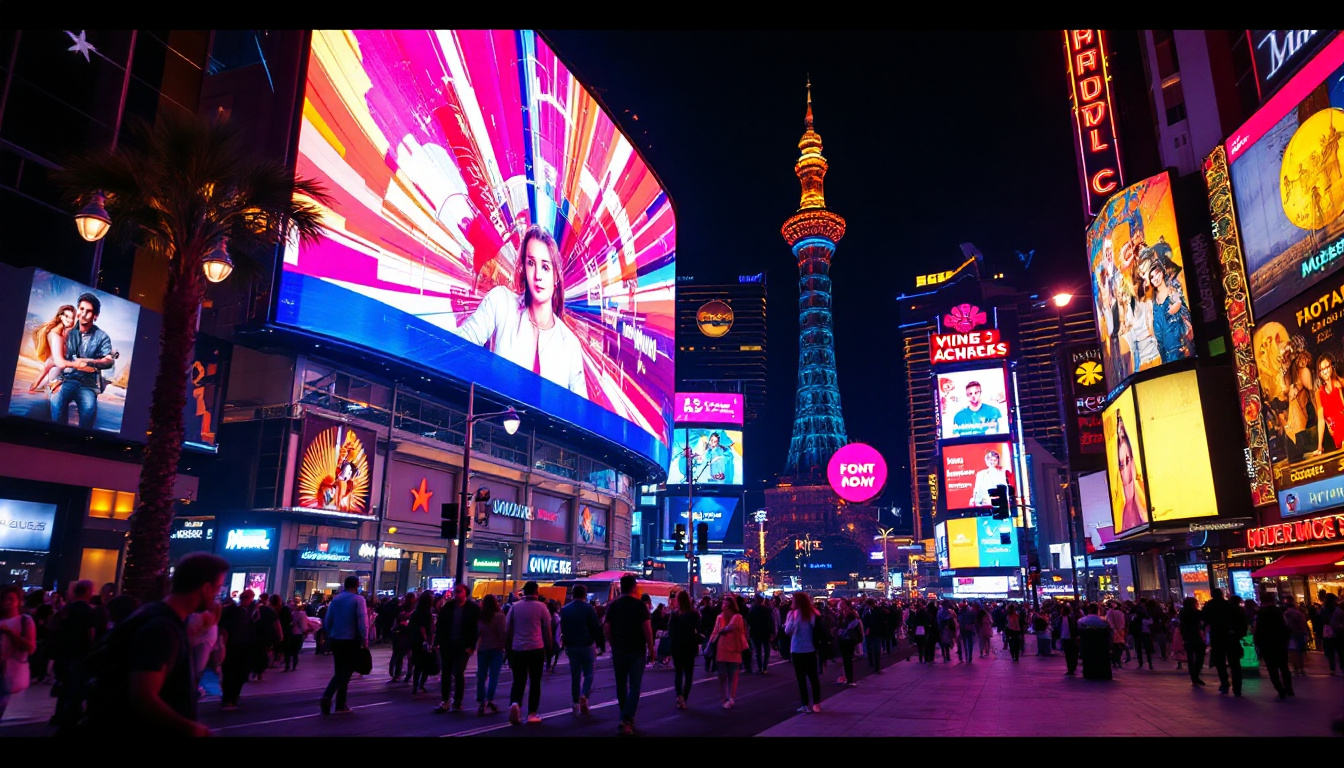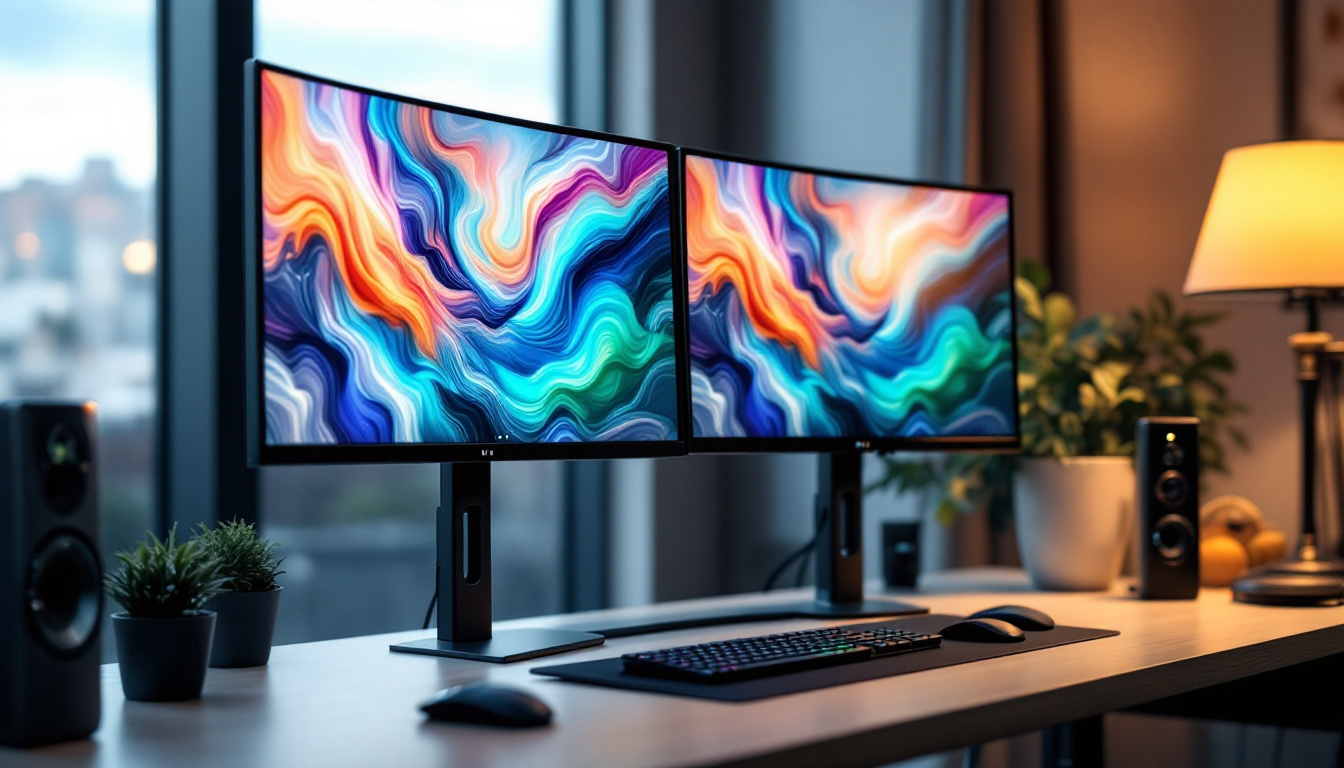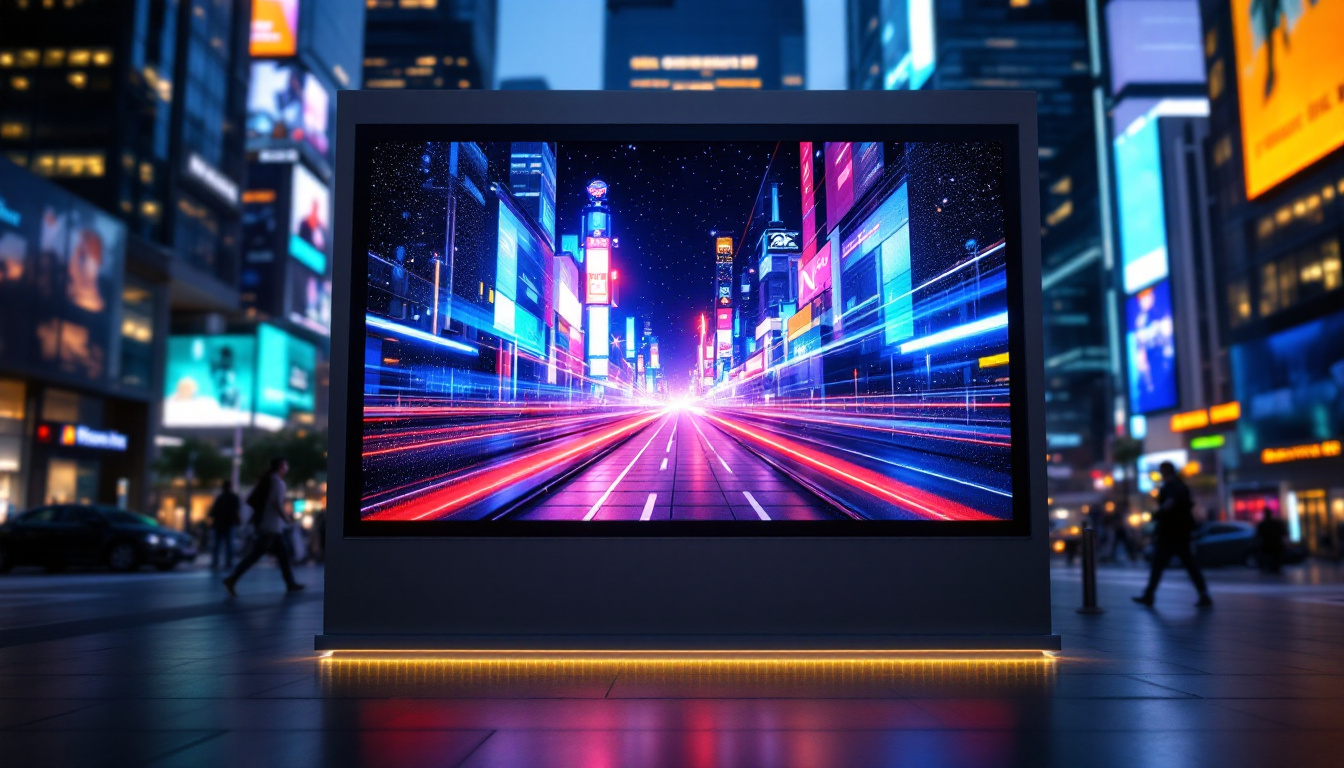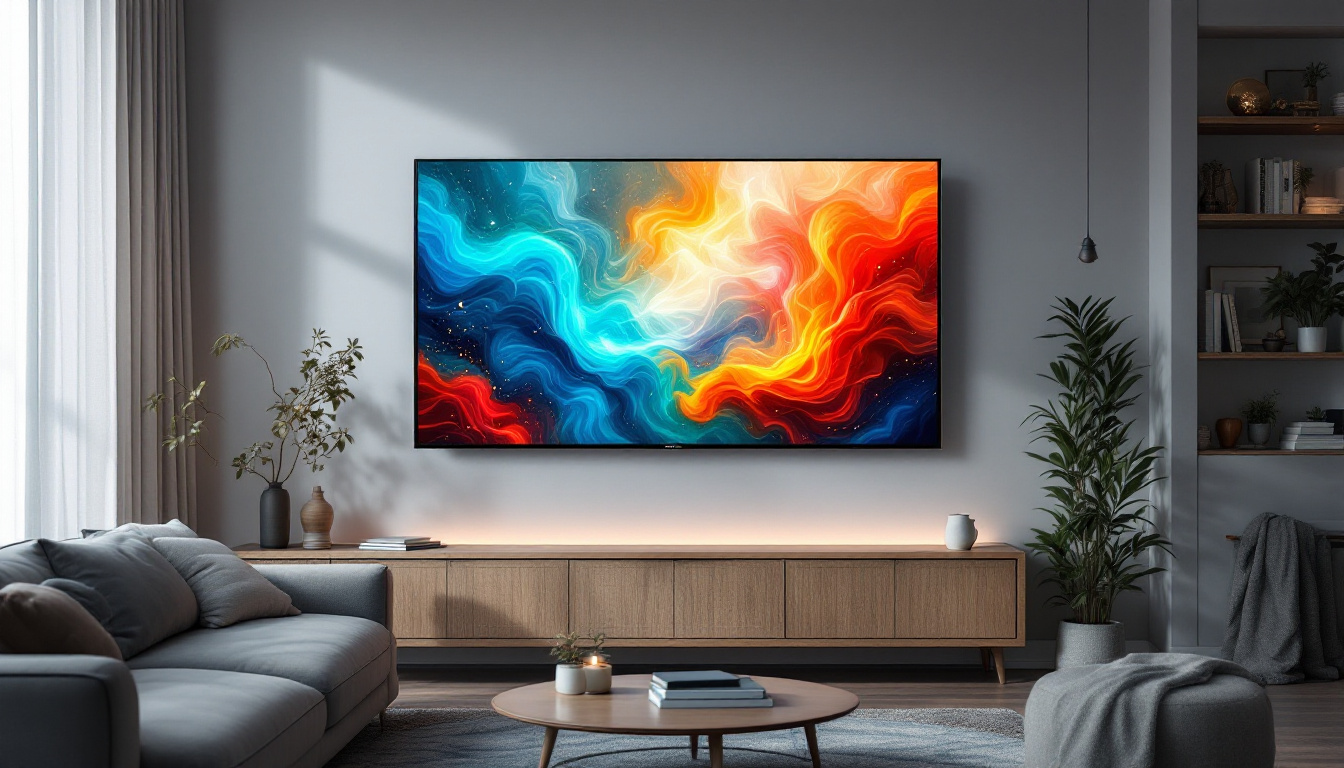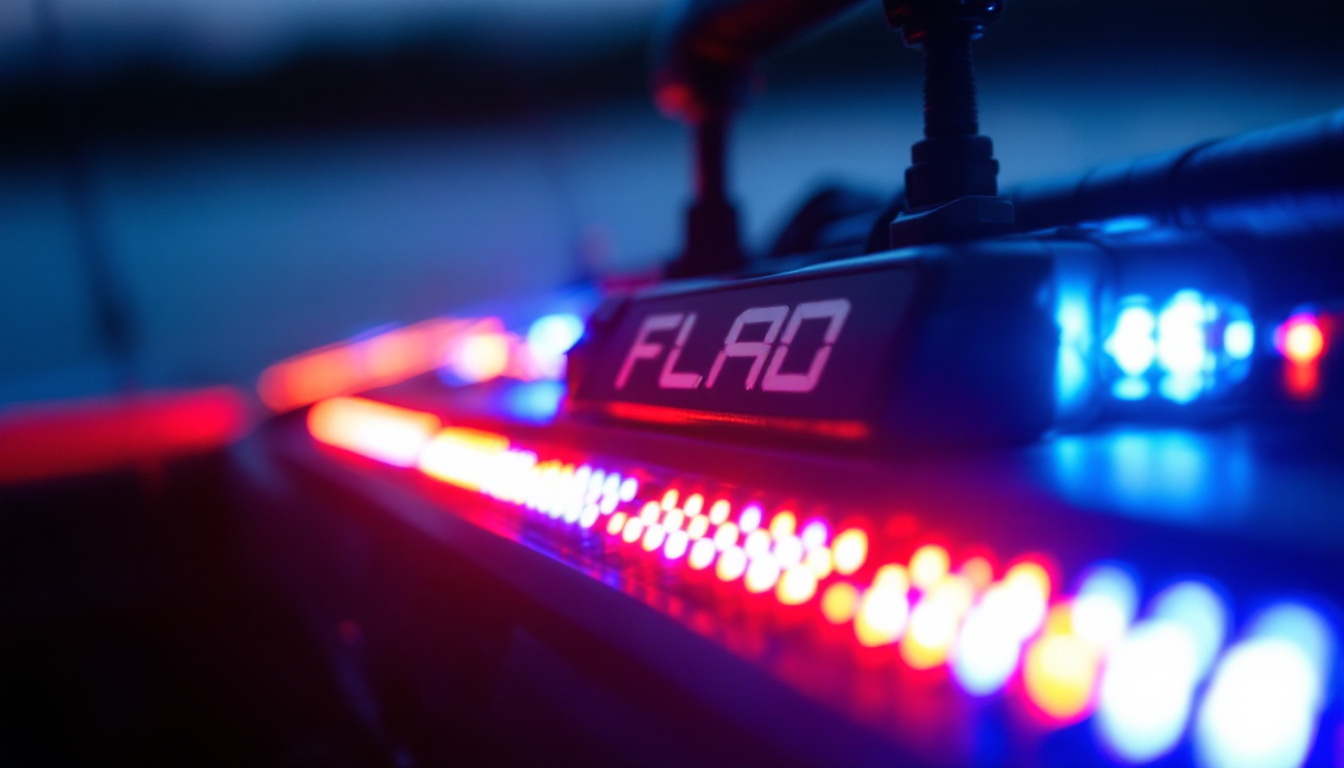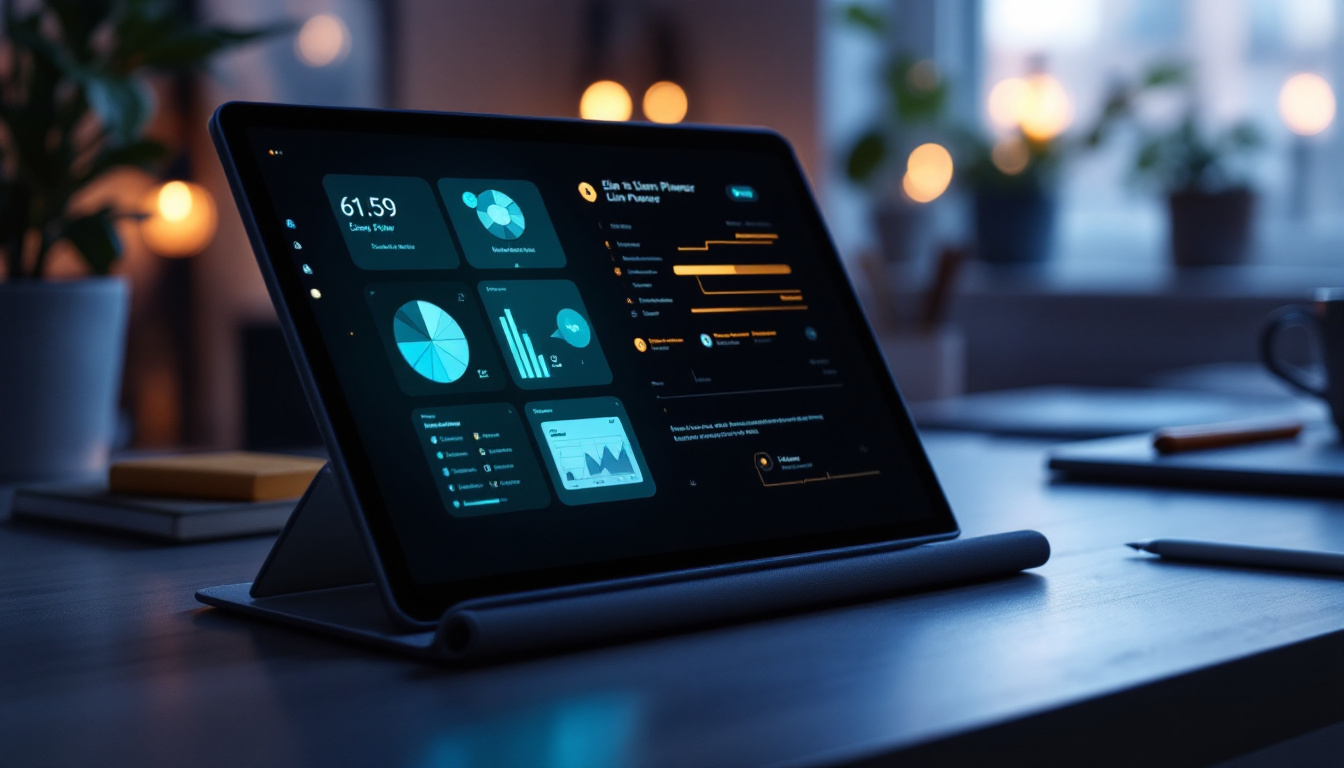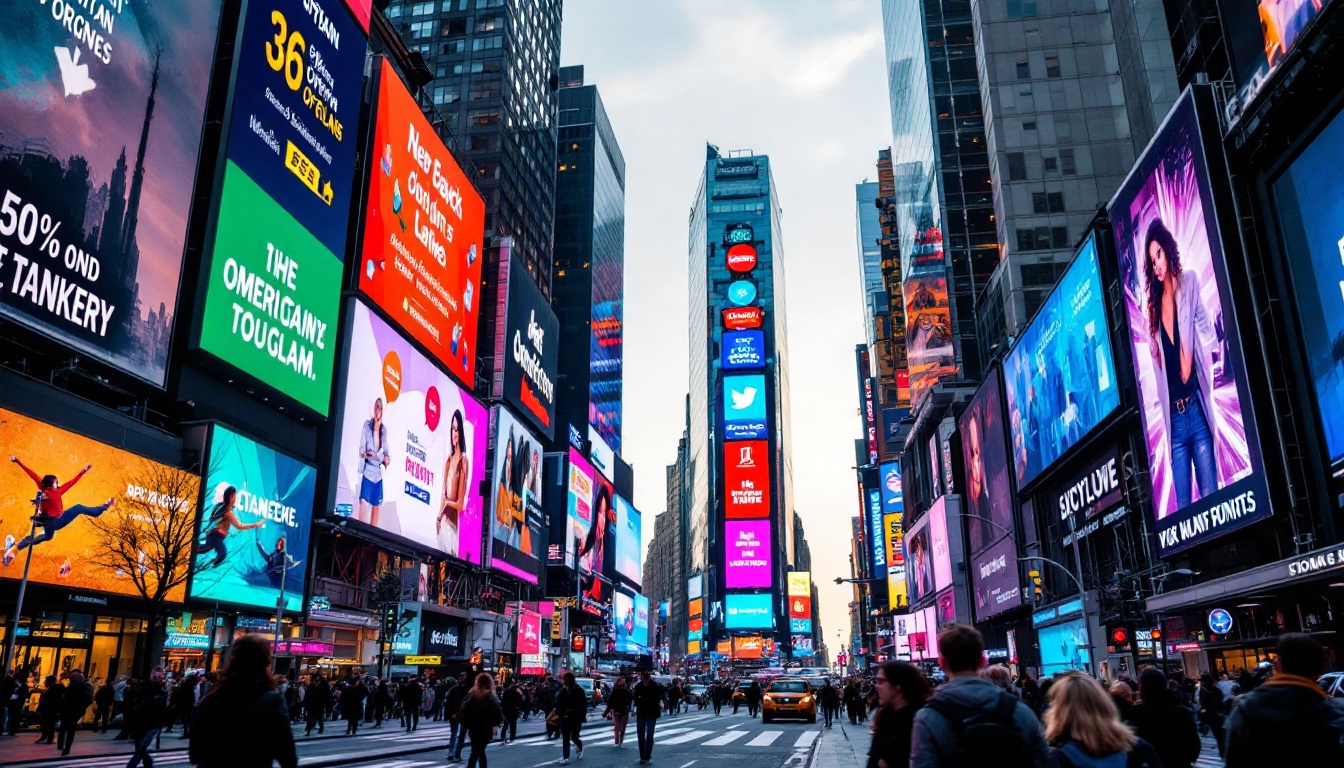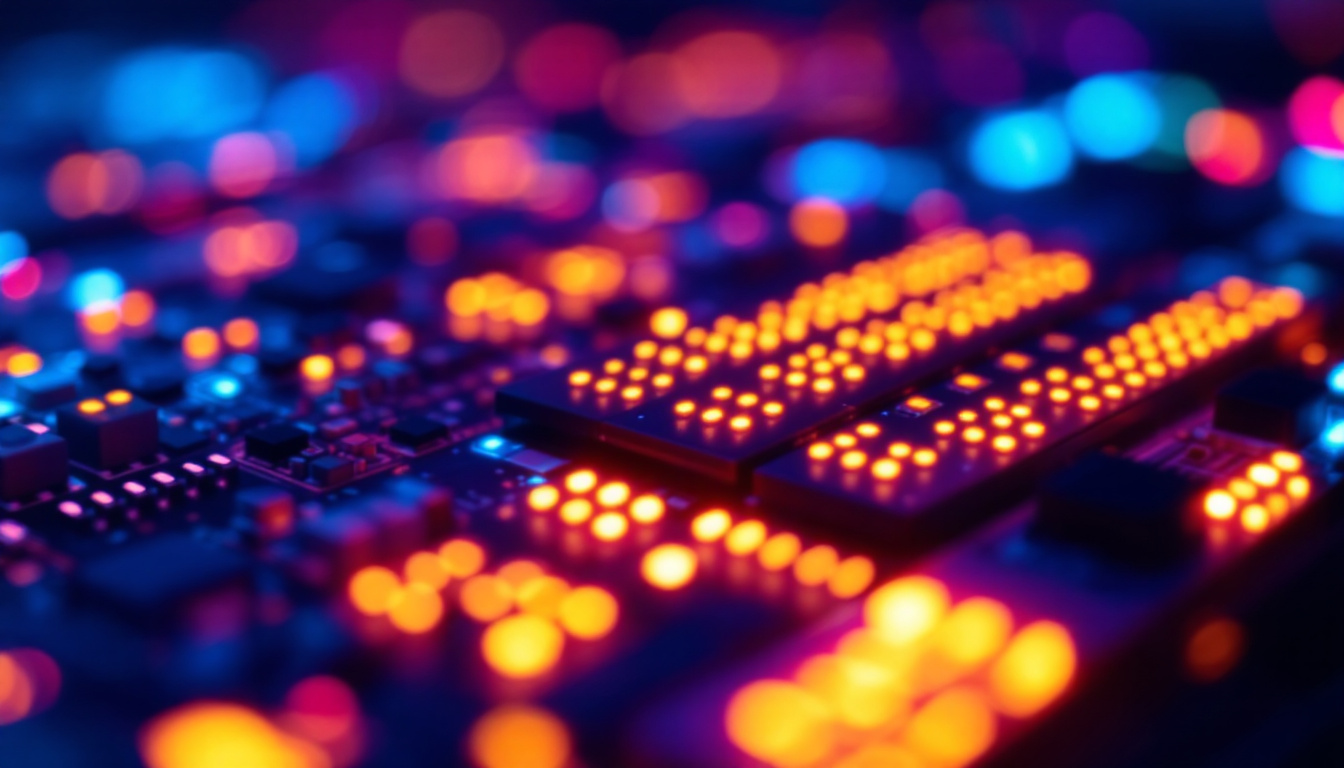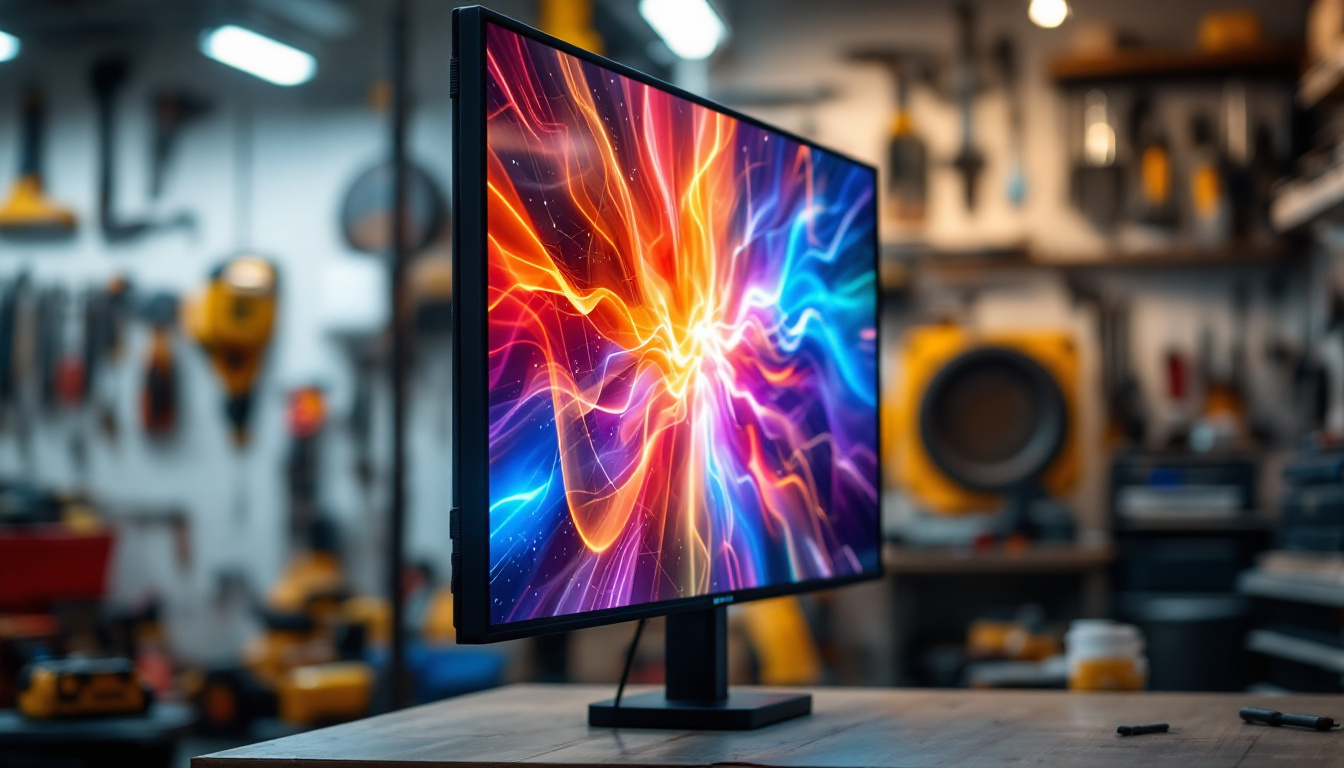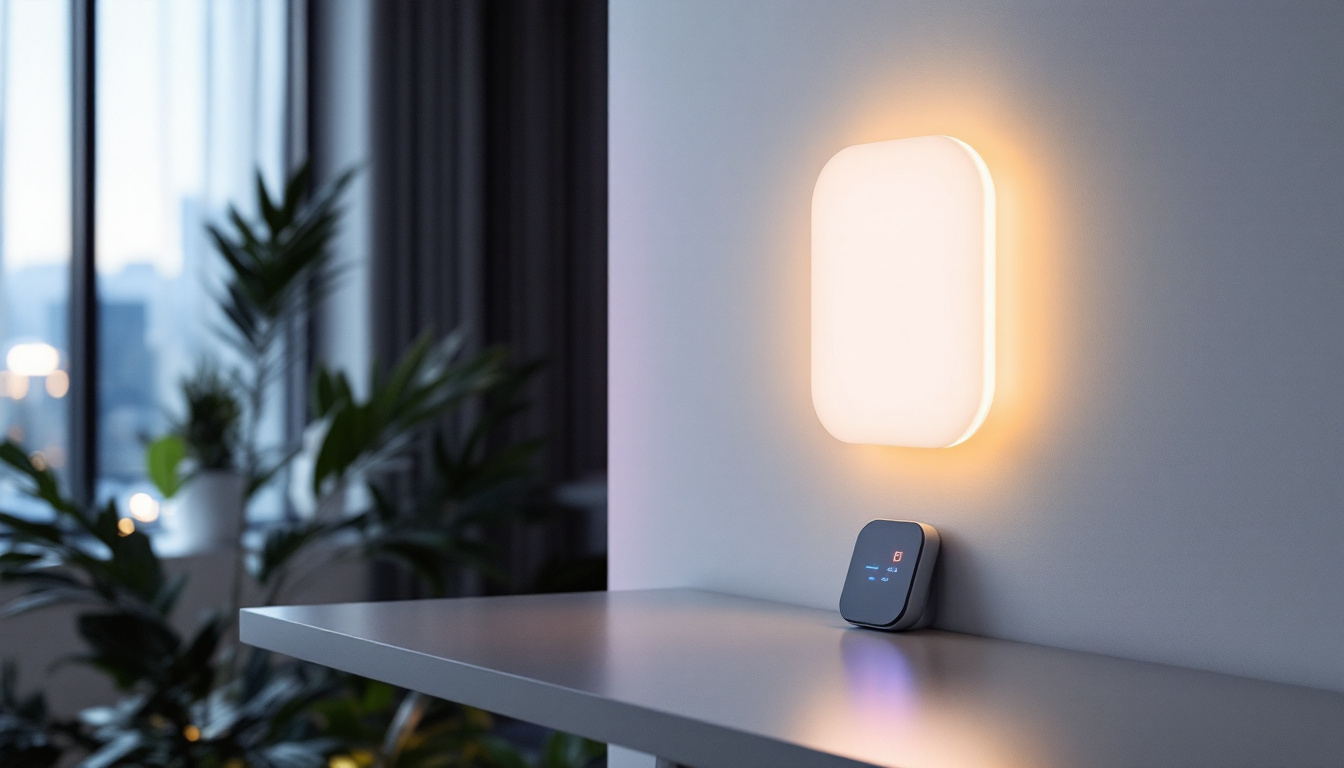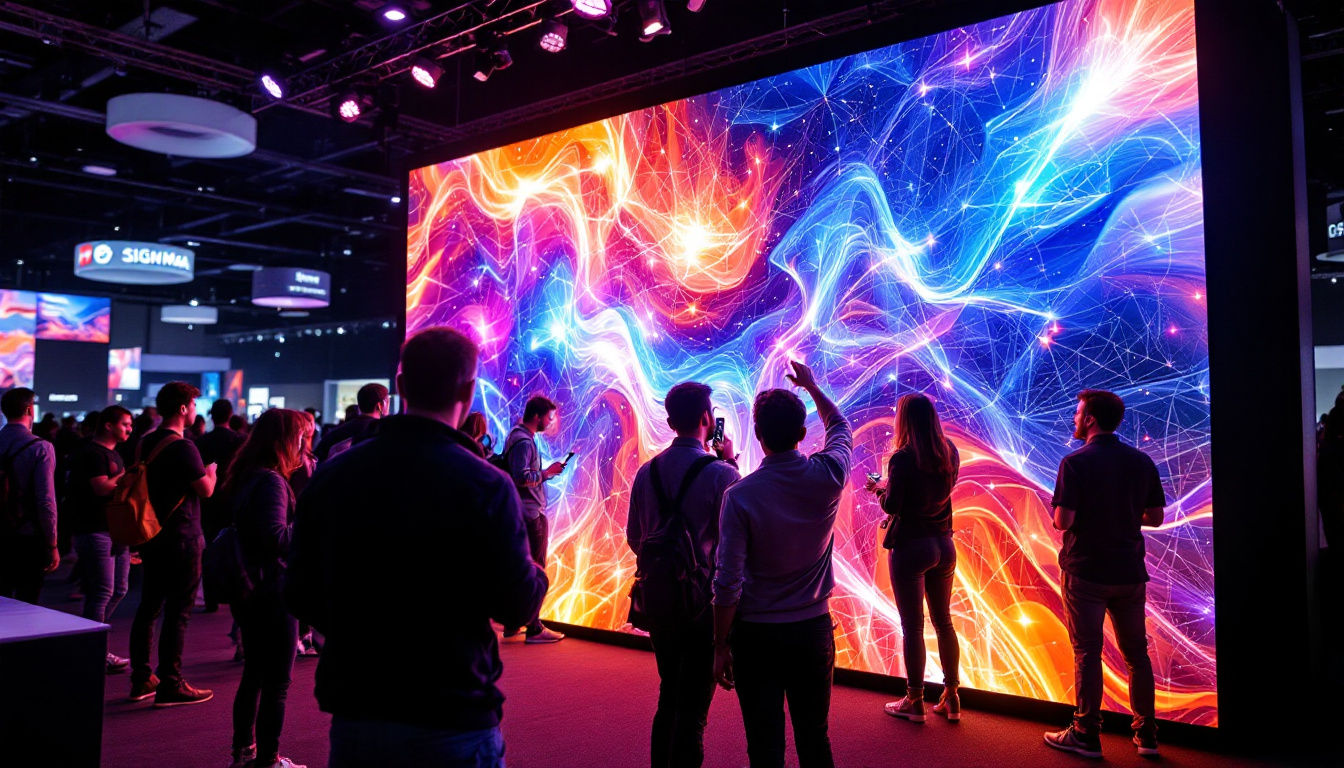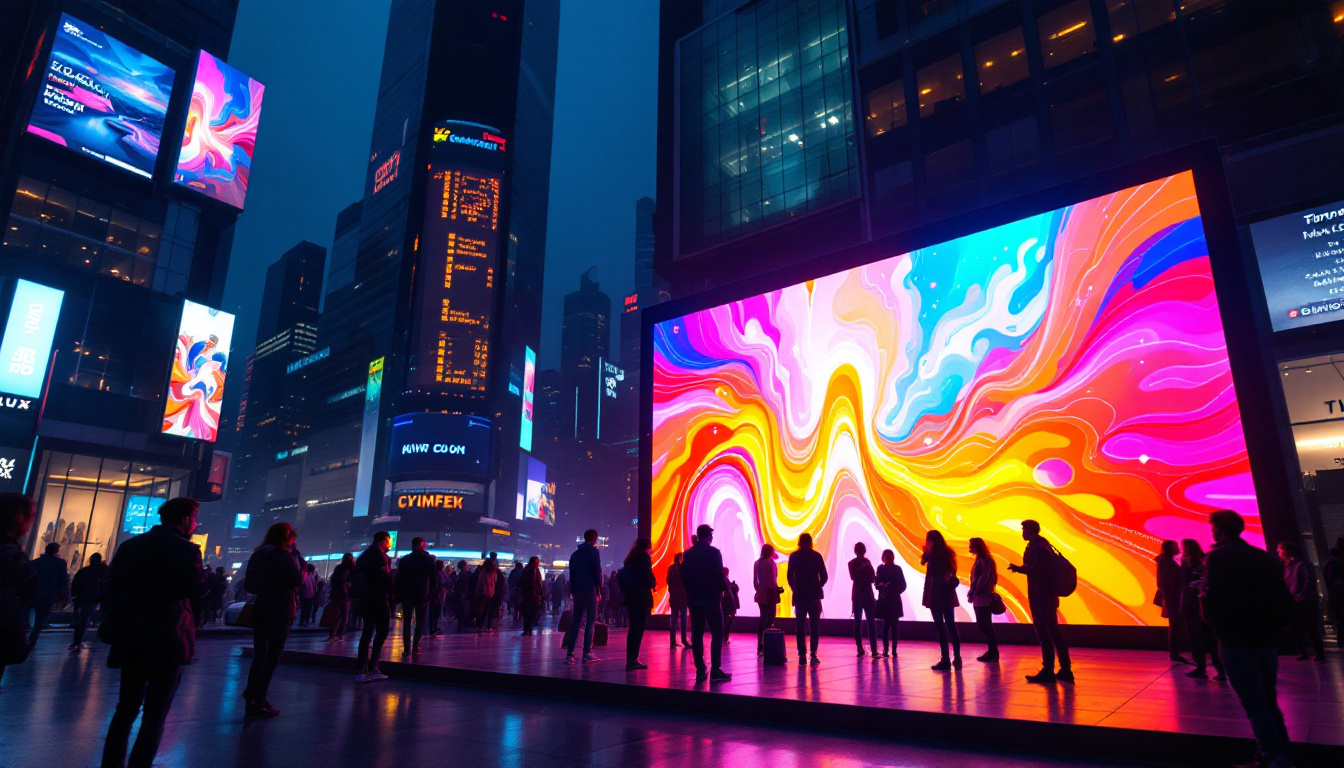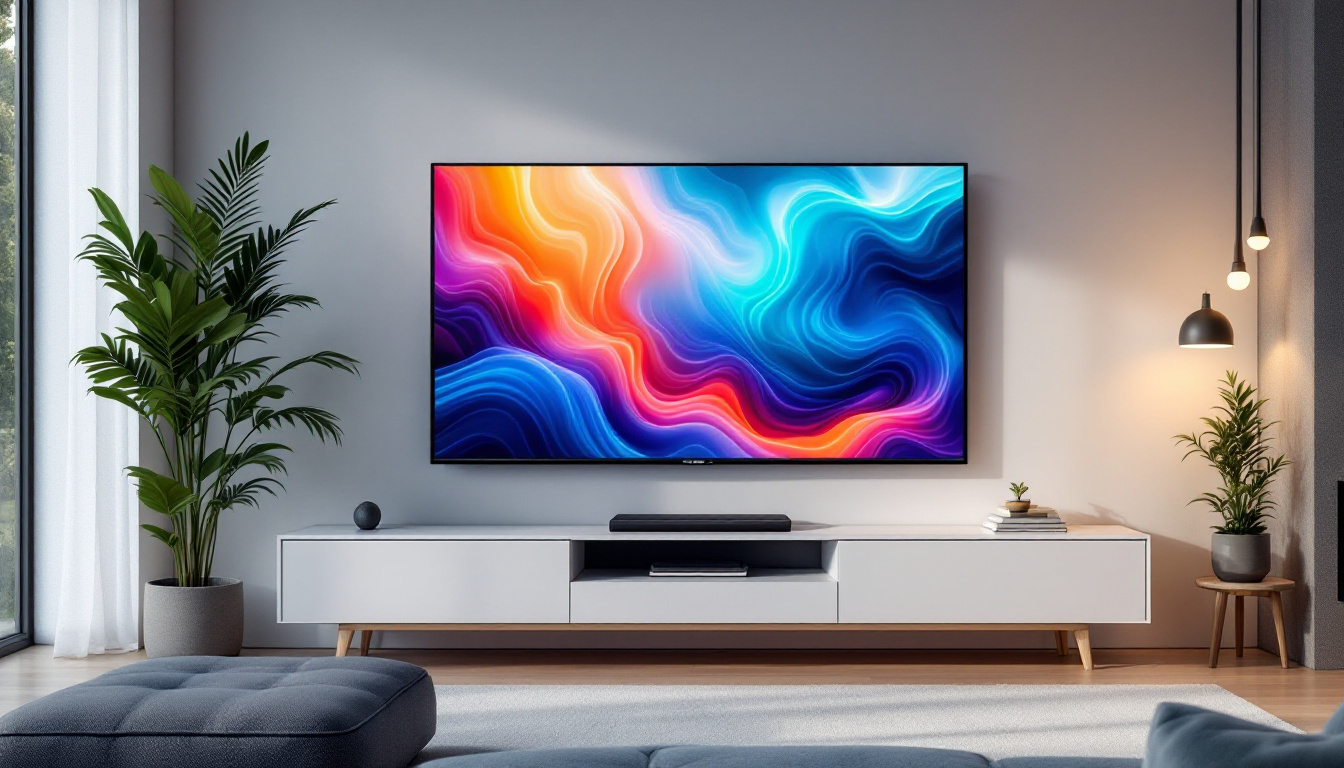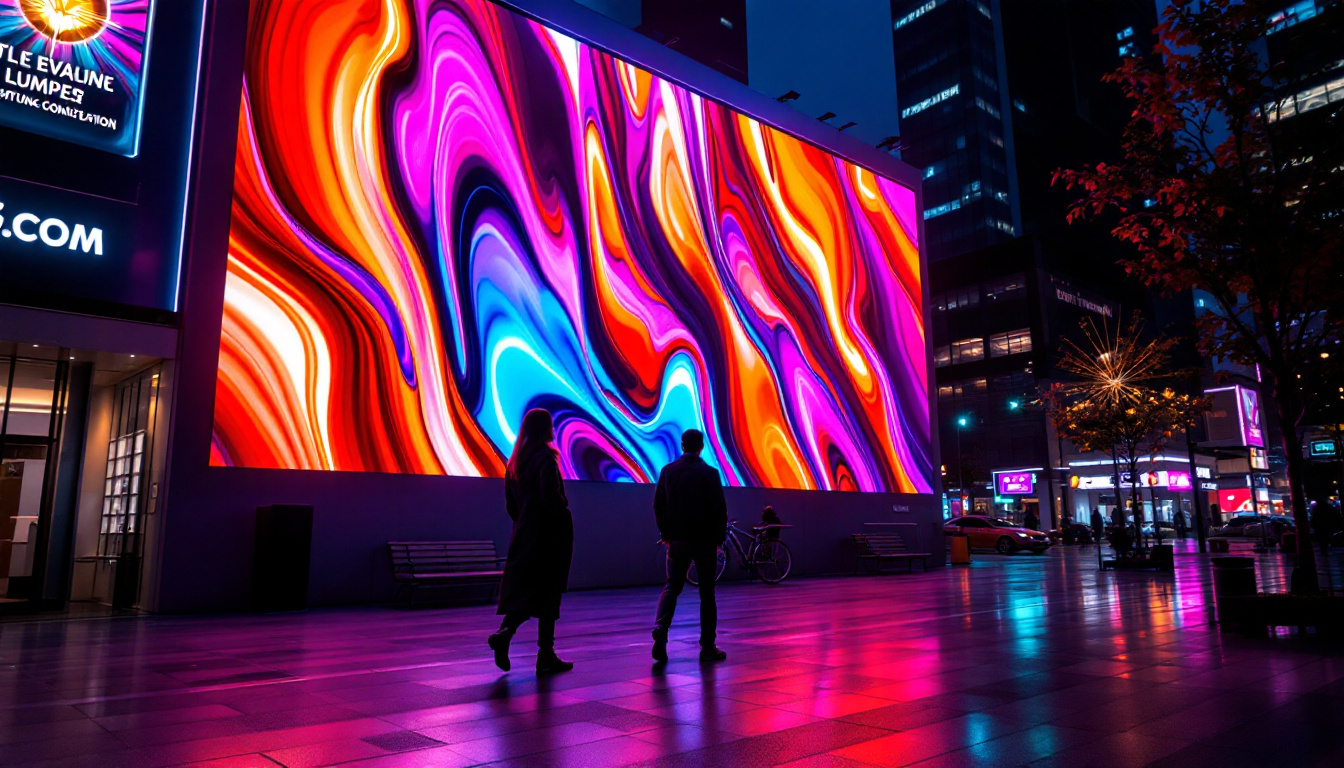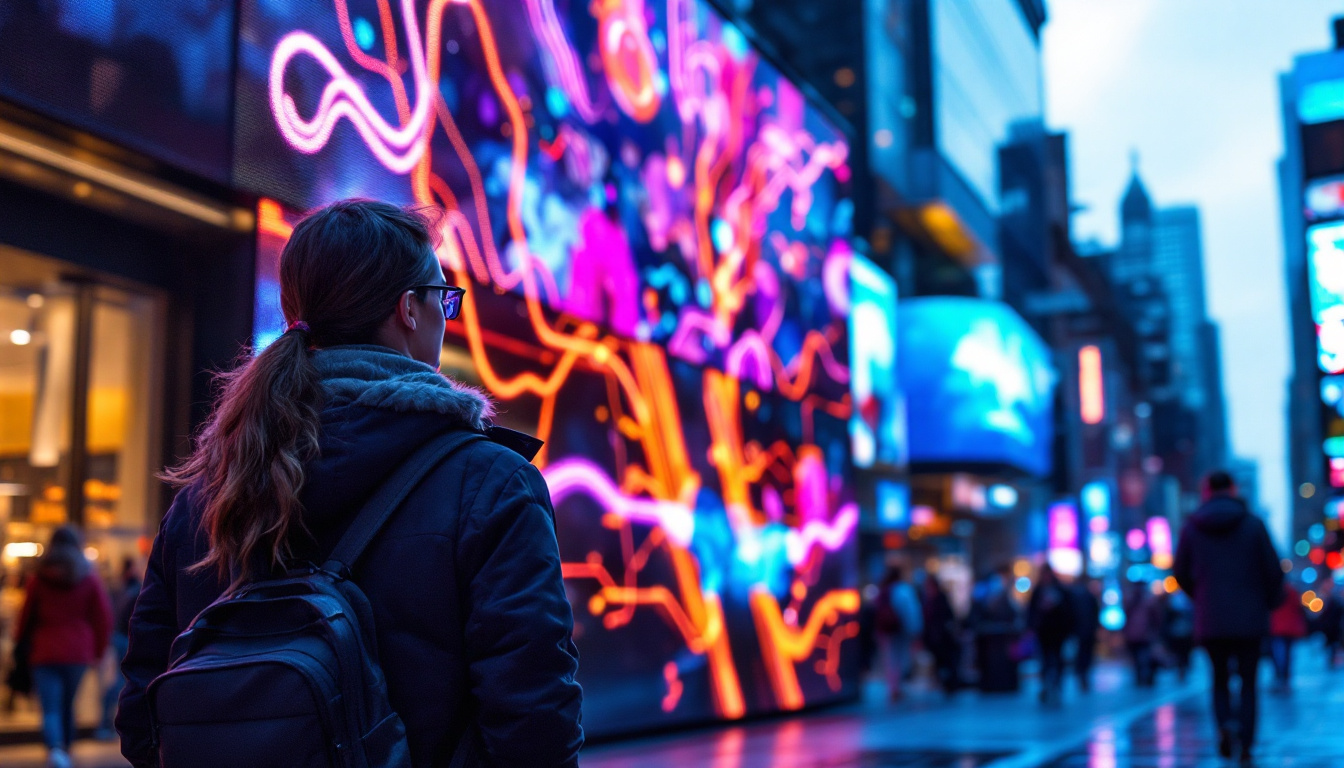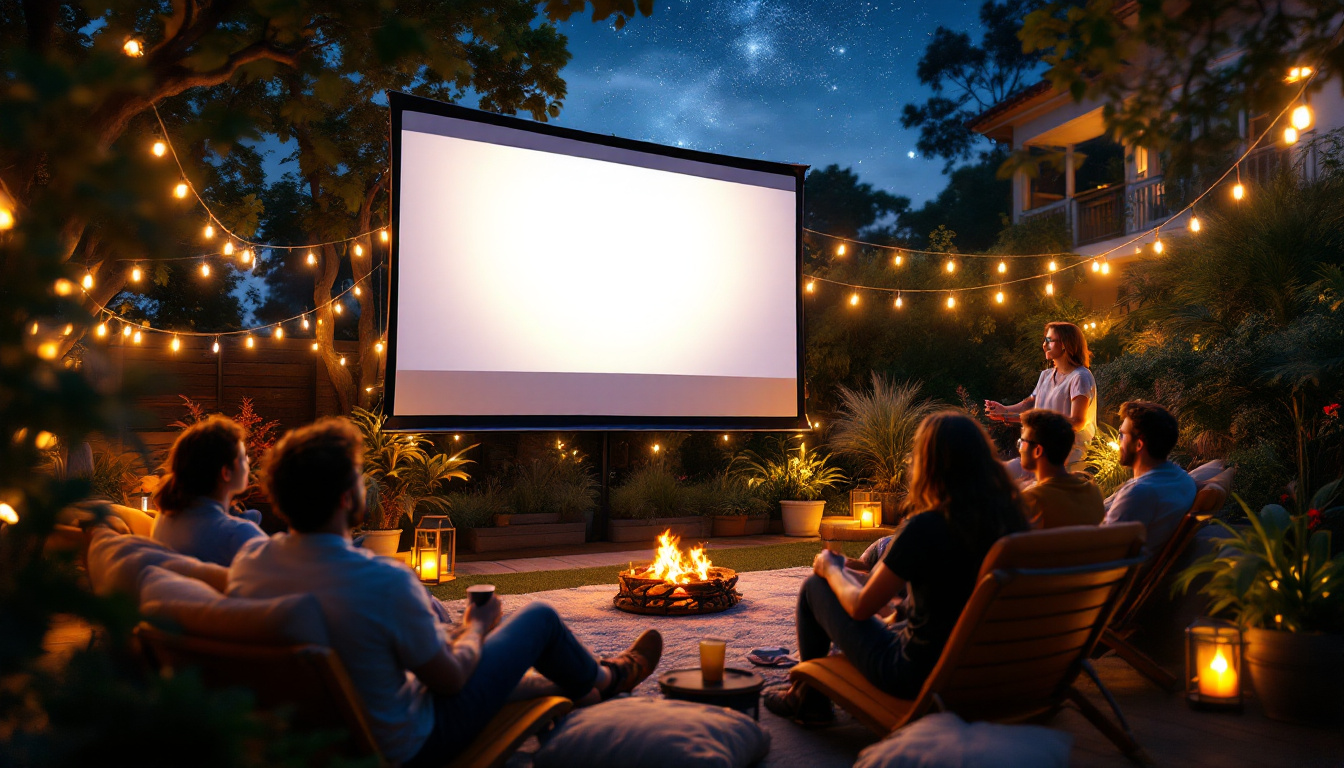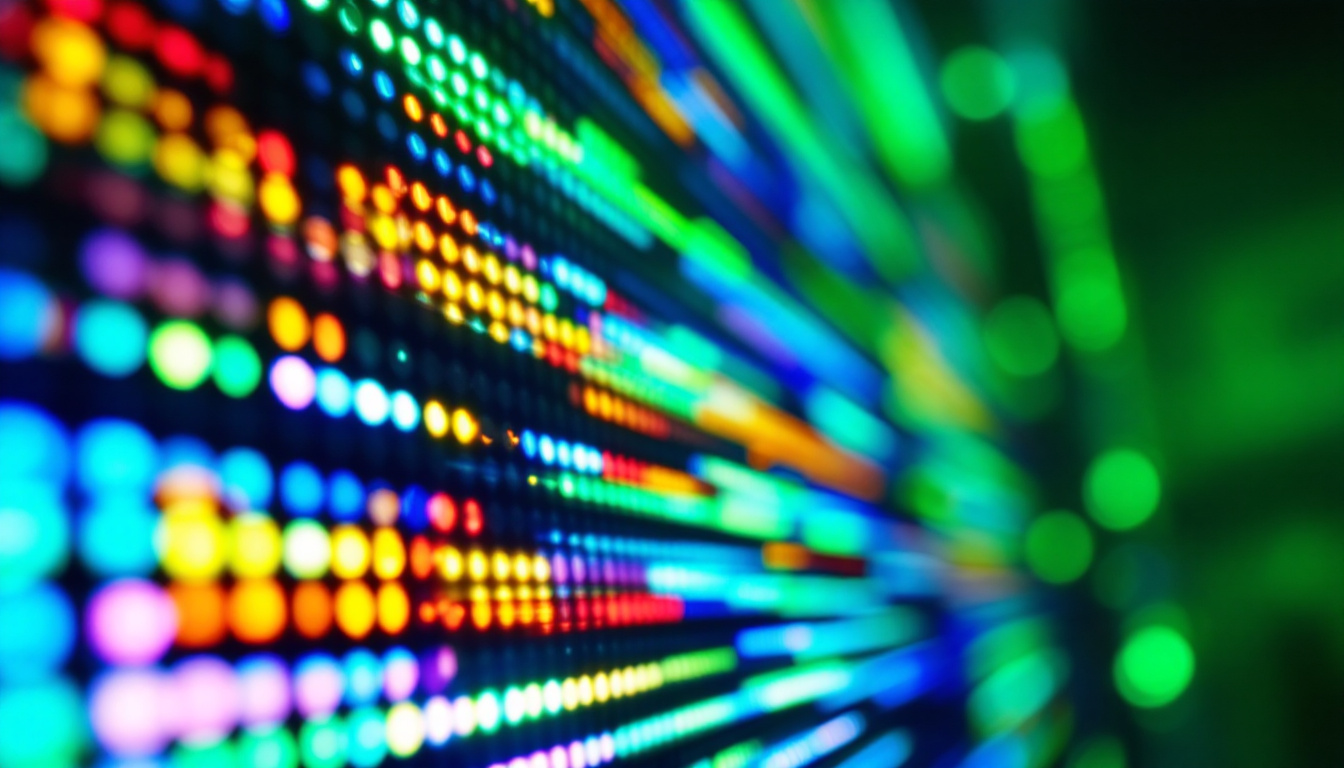In the modern workspace, the importance of an organized and efficient setup cannot be overstated. With the rise of digital technology, LED displays have become a staple in both professional and personal environments. This article delves into the intricacies of LED displays, their advantages, and how they can be effectively organized for optimal use.
Understanding LED Displays
LED, or Light Emitting Diode, displays are a type of flat panel display that utilizes LEDs as a source of light. Unlike traditional LCDs, which require a backlight, LED displays emit their own light, resulting in brighter images and deeper contrasts. This technology has revolutionized how visuals are presented, making them a popular choice for monitors, televisions, and digital signage. The versatility of LED displays extends beyond just consumer electronics; they are also widely used in advertising, sports arenas, and even architectural lighting, showcasing their adaptability in various environments.
How LED Displays Work
At the core of LED technology is the semiconductor material that emits light when an electric current passes through it. The process involves two types of diodes: the p-type and n-type semiconductors. When these two types are combined, they create a junction that emits light when energized. This allows for a range of colors to be produced by varying the intensity and combination of different colored LEDs. The innovation doesn’t stop there; advancements in technology have led to the development of OLED (Organic LED) displays, which offer even greater flexibility and color range, paving the way for future display technologies.
Moreover, LED displays can be categorized into two main types: Direct LED and Edge-Lit LED. Direct LED displays have LEDs placed directly behind the screen, providing uniform brightness across the entire display. In contrast, Edge-Lit LED displays have LEDs located along the edges of the screen, which are then diffused across the panel. Each type has its pros and cons, impacting factors such as thickness, cost, and image quality. Additionally, some manufacturers have begun to explore Mini LED technology, which utilizes thousands of tiny LEDs to enhance local dimming capabilities, resulting in even more precise control over brightness and contrast.
Advantages of LED Displays
One of the most significant advantages of LED displays is their energy efficiency. They consume less power compared to traditional LCDs and CRTs, making them a more environmentally friendly option. Additionally, LED displays have a longer lifespan, often lasting over 50,000 hours, which reduces the need for frequent replacements. This longevity not only saves consumers money but also contributes to less electronic waste, aligning with global sustainability goals.
Furthermore, LED displays offer superior image quality. They provide higher brightness levels, better color accuracy, and improved contrast ratios. This makes them ideal for various applications, from graphic design to gaming, where visual fidelity is paramount. The rapid refresh rates of LED displays also make them suitable for fast-paced video content, ensuring that motion is smooth and clear. As technology continues to evolve, we can expect even more enhancements, such as adaptive brightness features that adjust to ambient light conditions, further elevating the viewing experience.
Organizing Your LED Display Setup
Having a high-quality LED display is only part of the equation; how it is organized and integrated into the workspace plays a crucial role in overall productivity. An organized setup not only enhances aesthetics but also improves functionality and comfort.
Choosing the Right Monitor Stand
The first step in organizing an LED display is selecting the right monitor stand. Adjustable stands allow users to customize the height and angle of the monitor, promoting better posture and reducing strain on the neck and eyes. For those with multiple displays, a multi-monitor stand can help keep the workspace tidy while providing easy access to all screens.
Moreover, consider stands that offer cable management features. These stands help conceal cables and wires, creating a clean and uncluttered workspace. This not only enhances the visual appeal but also minimizes distractions, allowing for better focus on tasks at hand. Additionally, some stands come with built-in USB hubs, providing convenient access to charging ports and reducing the need for additional adapters scattered around the desk.
Optimal Placement and Alignment
Placement is key when it comes to maximizing the benefits of an LED display. The monitor should be positioned at eye level, approximately an arm’s length away from the user. This reduces eye strain and promotes a more comfortable viewing experience. Additionally, the display should be angled slightly upward to minimize glare and reflections from overhead lighting.
For those using multiple monitors, aligning them correctly is essential. The primary monitor should be directly in front, with secondary monitors positioned at an angle that allows for easy viewing without excessive head movement. This setup not only enhances productivity but also creates a more immersive experience, especially for tasks that require multitasking. To further optimize this arrangement, consider using software that allows for seamless window management across multiple screens, enabling quick transitions between applications and improving workflow efficiency.
Furthermore, the surrounding environment plays a significant role in the effectiveness of your LED display setup. Ensure that the workspace is well-lit, utilizing natural light where possible, as this can reduce eye fatigue and create a more pleasant atmosphere. Incorporating plants or artwork can also enhance the workspace, making it more inviting and stimulating creativity. A well-organized and aesthetically pleasing environment can lead to increased motivation and satisfaction while working, ultimately contributing to better overall performance.
Enhancing Your LED Display Experience
To fully leverage the capabilities of LED displays, several enhancements can be made. These range from software adjustments to hardware upgrades, all aimed at improving the user experience.
Calibration for Optimal Performance
Calibration is a crucial step in ensuring that an LED display performs at its best. This involves adjusting settings such as brightness, contrast, and color balance to suit the specific environment and user preferences. Many monitors come with built-in calibration tools, but external calibration devices can provide even more precise adjustments.
Regular calibration helps maintain color accuracy, which is particularly important for professionals in fields like graphic design and photography. By ensuring that colors are displayed correctly, users can make informed decisions based on the visuals presented on their screens.
Utilizing Software Tools
In addition to hardware adjustments, various software tools can enhance the LED display experience. Applications that allow for screen splitting or virtual desktops can significantly improve multitasking capabilities. These tools enable users to organize their workspace more efficiently, reducing the time spent switching between applications.
Moreover, software that provides blue light filtering can help reduce eye strain during extended use. This feature is particularly beneficial for those who spend long hours in front of their screens, as it promotes better eye health and overall comfort.
Maintaining Your LED Display
Proper maintenance of an LED display is essential for ensuring its longevity and performance. Regular cleaning and care can prevent issues that may arise from dust, fingerprints, and other contaminants.
Cleaning Techniques
When cleaning an LED display, it is important to use the right materials to avoid damaging the screen. A microfiber cloth is ideal for wiping down the surface, as it is gentle and effective at removing smudges without scratching the display. For stubborn stains, a mixture of distilled water and vinegar can be used, but it is crucial to apply the solution to the cloth rather than directly onto the screen.
Additionally, the surrounding area should also be kept clean. Dust and debris can accumulate quickly, leading to potential overheating and performance issues. Regularly dusting the monitor and its stand can help maintain optimal conditions for the display.
Software Updates and Troubleshooting
Keeping the display’s software up to date is equally important. Manufacturers often release updates that improve performance, fix bugs, and enhance compatibility with new applications. Regularly checking for updates can ensure that the display operates smoothly and efficiently.
In the event of issues, troubleshooting can often resolve common problems. Checking connections, adjusting settings, and restarting the display are simple yet effective steps. If problems persist, consulting the manufacturer’s support resources can provide guidance and solutions.
The Future of LED Display Technology
As technology continues to advance, the future of LED displays looks promising. Innovations are on the horizon that will further enhance their capabilities, making them even more integral to daily life.
Emerging Trends
One of the most exciting trends in LED technology is the development of MicroLED displays. These utilize microscopic LEDs to create images, offering even greater brightness, contrast, and energy efficiency. MicroLED technology promises to revolutionize the industry, providing users with unparalleled visual experiences.
Additionally, advancements in flexible and transparent displays are paving the way for new applications. These displays can be integrated into various surfaces, creating opportunities for interactive environments and innovative design solutions.
Integration with Smart Technology
As smart technology becomes more prevalent, the integration of LED displays with smart devices is expected to grow. This could lead to seamless connectivity between displays and other devices, allowing for enhanced functionality and user experience. Imagine a world where your LED display not only serves as a monitor but also interacts with your smart home devices, providing a cohesive and integrated experience.
Conclusion
LED displays have transformed the way visuals are presented in both professional and personal settings. Understanding their technology, organizing them effectively, and maintaining them properly are essential for maximizing their benefits. As advancements continue to emerge, the future of LED displays promises even more exciting possibilities.
By investing time and resources into optimizing LED display setups, users can create an environment that enhances productivity, comfort, and overall satisfaction. Whether in a home office, corporate setting, or creative studio, the right LED display can make a significant difference in how tasks are approached and completed.
Discover LumenMatrix’s Innovative LED Solutions
Ready to elevate your visual experience and enhance your workspace with the latest in LED technology? Look no further than LumenMatrix, a pioneer in crafting state-of-the-art LED display modules tailored to your needs. Whether you’re seeking dynamic Indoor LED Walls, vibrant Outdoor displays, mobile Vehicle LED options, sleek LED Posters, or even Custom and All-in-One LED solutions, LumenMatrix is your partner in revolutionizing visual communication. Check out LumenMatrix LED Display Solutions today and transform the way you share your message with the world.

